Myriad has been producing and selling aisi 410 stainless steel for 25 years. Our 410 stainless steel can ensure that you will not encounter problems such as insufficient hardness and surface failure during use, because the product has strict material experiments before this to ensure that it meets your needs.
All stainless steel can generally be classified as having excellent resistance and durability. The steel family reveals dozens of ‘grades.’ So, as a result of experimentation within the general stainless steel chemistry. They perform as desired.
Today, the majority of these grades are established and well-regulated by international standards. Besides, doing such assures the uniformity of performance under a set specification.
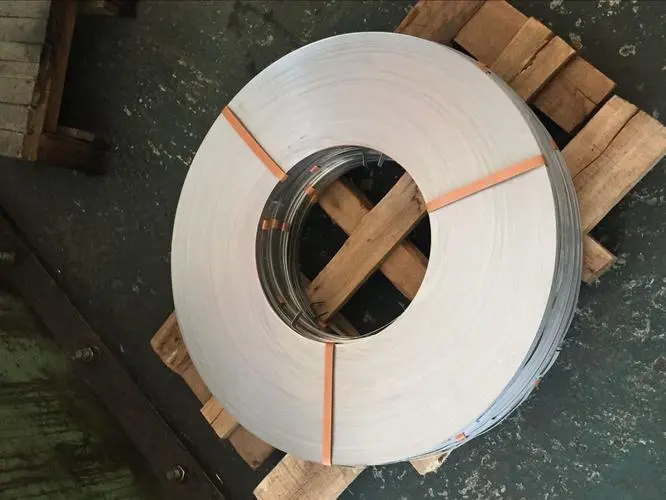
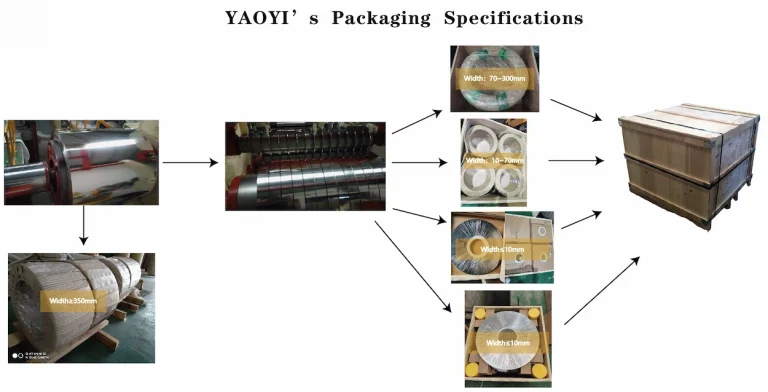
Stainless steel provides plenty of utility where ordinary steel may not be applicable. Among the characteristics of stainless steel, corrosion resistance and durability are most desired. AISI 410 stainless steel variant will be mainly discussed here. Its characteristics make this steel type ideal. Especially where the risk of rusting or corrosion is to be considered.
Let‘s find out:
AISI stands for American Iron and Steel Institute. It is among the organizations that regulate, develop, and mediate anything related to the steel industry. Typically, every region has its local regulating institution. Of course, AISI, as their name suggests, is based in America, the North American region.
Among pioneering organizations, AISI’s reputation and standards are recognized worldwide. Similarly, AISI regulates steel manufacturing through standard specifications. Three numerics represents these specifications and is what the number 400 implies.
AISI 410 represents a specific grade with specific performance and composition. This grade falls under the martensitic category within the four internal structure classifications in stainless steel.
410 is a martensitic stainless steel with good hardenability. It has high hardness, toughness, good corrosion resistance, thermal strength and cold deformation performance, and good shock absorption. High temperature or low temperature tempering is required, but tempering treatment between 370-560°C should be avoided.
Yaoyi: The Expert of Stainless Steel
In plain sight, no one can differentiate the difference between stainless steel grades. Not to mention, the distinction is only possible by checking the composition. And the specification as issued by the manufacturer. To verify whether you got a suitable grade, you must be familiar with its properties.
The following are among the properties that distinguish AISI Stainless Steel from other grades:
AISI 410 is martensitic chromium-based steel. It’s part of the four crystalline structures of stainless steel: austenitic, martensitic, ferritic, and duplex. Equally important, the body-centered tetragonal characterizes martensitic structure. The rapid-cooling or ‘quenching’ procedure creates martensites from the austenite iron form.
More so, there is noticeably no nickel in its composition. Making it less corrosion resistant among other stainless steel grades. Nickel is prevalent among the austenitic grades. So it boosts corrosion resistance and stabilizes its structure.
Furthermore, 410 is dense with carbon, making it comparably stronger. This martensitic structure allows it to be heat treated. And is magnetic in annealed and cold-worked form.
The absence of Nickel in AISI 410’s composition lessens its corrosion resistance. Comparatively, the presence of Chromium provides enough corrosion resistance up to moderately harsh conditions.
After all, categorizing steel as ‘stainless’ requires at least 10.50% chromium content. Whereas AISI 410 exceeds the minimum at around 11.50% – 13.50% chromium content.
AISI 410 has a density of 7.93 g/m3, which is lower than the average 7.93 g/m3. Likewise, it showcases a 200 GPa in terms of modulus of elasticity in tension. AISI 410 has an electrical resistivity of 57 µΩ.cm at 21 °C. It has a thermal conductivity of 24.9 W/m/K at 100 °C. Besides, it exhibits a 9.9 µm/m/K thermal expansion under the same temperature.
These numbers determine the physical extent of AISI 410’s applications.
AISI 410’s chemical composition draws a clear distinction among stainless steel grades. In the same way, the typical composition of an AISI 410 are: Carbon (0.08%- 0.15%); Chromium (11.50%-13.50%); Manganese (1.00%); Phosphorus (0.040%); Silicon (1.00%); and Sulfur (0.030%)
The mechanical properties are your reference for strenuous applications. So, this includes engineering or structural applications. Wherein the following units are essential for computation.
AISI has a minimum tensile strength and yield strength of 65,000 psi and 30,000 psi, respectively. Then, for the elongation, it exhibits a 20% minimum at 2 inches. It scales a Rockwell B80 in hardness.
AISI 410, being martensitic stainless steel, can have limited weldability. This is due to its capability of hardening through heat. However, among other grades, 410 has better welding capabilities.
All conventional wedding techniques apply to AISI. Typically, you need to preheat the steel at 150 to 260 °C. Afterward, you may have to use post-weld annealing to prevent cracking.
AISI 410 showcases moderate capability in drawing or forming in annealed form.
AISI is among the grades of stainless steel capable of heat treating. This capability is possible because of the martensitic structure the grade has.
AISI 410 excels for its excellent mechanical properties with moderate corrosion resistance. Thus, it is ideal for the following applications:
These are a few of the popular uses of AISI 410. More so, you can always consult your local manufacturer for details or applications not included here.
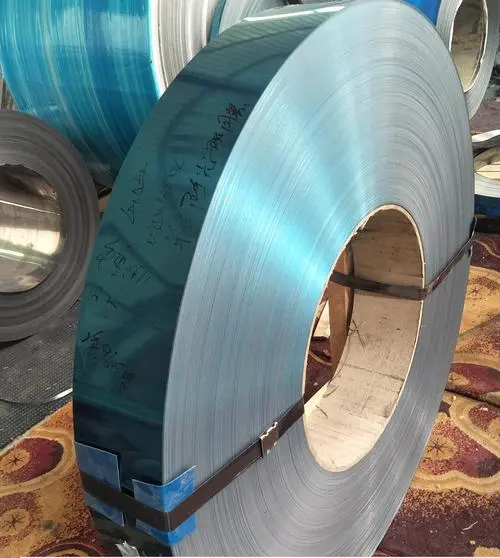
Stainless steel grade 304is the most common in the market. It accounts for roughly 50% of the stainless steel supply worldwide. Thus, it is commonly referred to as the “general use” or the standard market issue of stainless steel.
In this regard, grade 304 is a good benchmark of comparison on how 410 performs.
Below are some of the most distinct differences between these two grades:
Grade 304 is a chromium-nickel austenitic stainless steel. It cannot be heat treated and non-magnetic in annealed form. More so, Nickel is also necessary for stabilizing austenitic structure. Which boosts the steel’s corrosion resistance. Grade 304 encompasses a broad scope of applications. Ranging from small components to architectural applications.
AISI 410 is a chromium-based martensitic stainless steel. It can be hardened through heat treatment. Plus, it’s magnetic in both annealed and cold-worked conditions. Additionally, it has excellent hardness due to its dense carbon composition.
Furthermore, it does not contain Nickel which slightly decreases its corrosion resistance. Manufacturers form this type by quenching austenite into a martensitic structure. Moreover, in the martensitic family of stainless steel, the market considers 410 as the general purpose grade.
Stainless Steel 316 And 316L Graded By The AISI System
Yes, it is. The steel type is magnetic in both annealed and cold-worked forms. Its martensitic makeup abolishes the non-magnetic character. Thus, they are prevalent among austenitic variants.
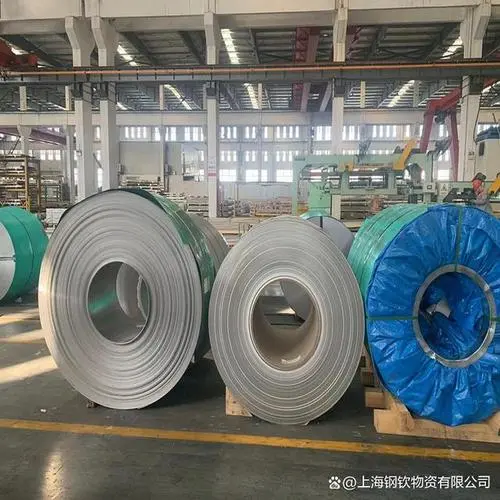
AISI 410 passes the general food safety requirements. It is capable of food-related applications. At the same time, it is a common material choice for cutlery.
For applications with higher corrosion resistance, grades 304 and 316 are better options. This is simply because the said grades have higher corrosion tolerances due to chromium-nickel alloy.
Learn more about Why Do Customers Choose Yaoyi to Test The 304 Stainless Steel Yield Strength?
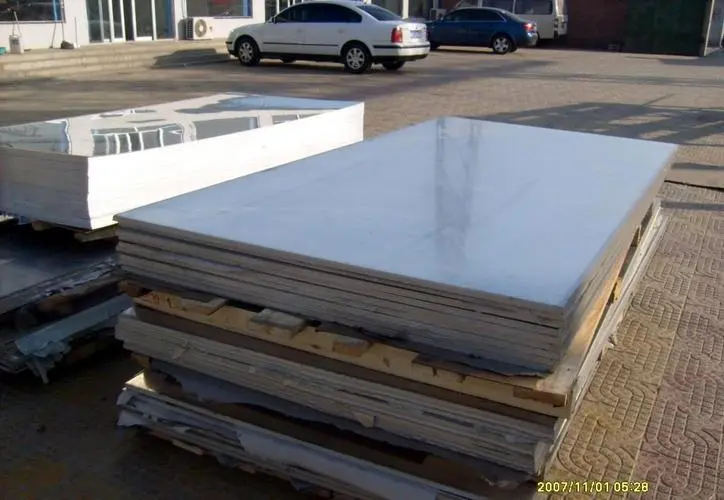
Martensitic stainless steels are a specific group of steels that are known for their crystalline structure, which can be hardened through heat treatment. Specifically, SS 410 is composed of about 11.5-13.5% chromium, which is notably lower than other common stainless steels. The rest is primarily iron. SS 410 also contains up to 0.15% carbon along with small amounts of manganese, phosphorus, sulfur, and silicon. This particular composition gives SS 410 its unique balance of strength, hardness, and wear resistance, although it’s not as resistant to corrosion as other stainless steel types. Therefore, it’s best suited for applications where corrosion is not a severe factor.
However, because it’s a martensitic stainless steel, it exhibits high strength and hardness. These properties make 410 stainless steel better suited for applications where strength and hardness are critical, such as cutlery and surgical instruments. The choice between 304 and 410 stainless steel would depend on the specific requirements of the application.
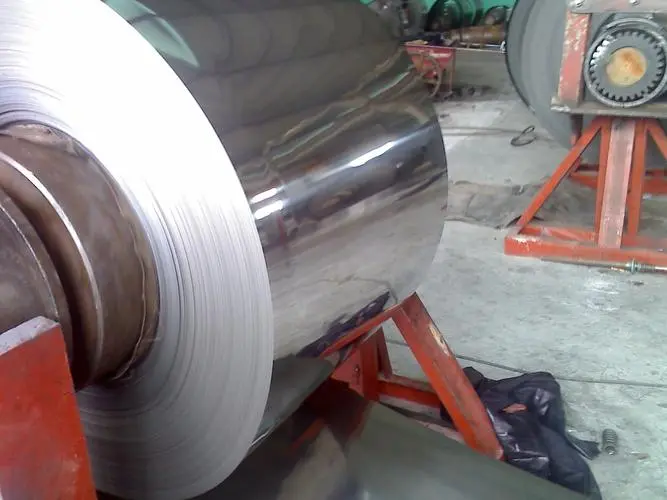
As of my knowledge cutoff in September 2021, it’s challenging to give a precise price for 410 stainless steel because the price can vary widely based on several factors. These factors include the current market conditions, the form in which the material is sold (sheet, bar, rod, etc.), the size and thickness of the material, and the quantity purchased. Additionally, pricing can also depend on the vendor or supplier, and whether any value-added services (like cutting, finishing, or heat treatment) are included. For up-to-date and specific pricing, it’s best to contact a trusted stainless steel supplier or vendor directly.
SS 410 is equivalent to several other materials according to different standardization systems. In the Unified Numbering System (UNS), which is a system established by ASTM and SAE to correlate several numbering systems, it’s designated as S41000. In the British (BS) system, it’s known as 410S21. It’s also comparable to 1.4006 according to theEuropean Standard (EN), and X12Cr13 in the ISO system. These are all essentially different names for the same material, with small variations based on regional standardization practices.
410 stainless steel can be heat-treated to optimize its properties for specific applications. This is one of the notable characteristics of martensitic stainless steels. To harden 410 stainless steel, a process of heating, cooling, and tempering is applied. First, the steel is heated to a temperature above its critical point, typically around 925-1010°C, and then rapidly cooled, or quenched. This transition forms a martensitic structure, which provides the steel with its hardness. However, this process also makes the steel brittle. To reduce this brittleness and increase toughness, the steel is then tempered, usually at a temperature between 600-700°C, depending on the desired balance of properties. Tempering allows the microscopic structure of the steel to relax, which reduces brittleness while maintaining a high level of hardness.
After heat treatment, which includes hardening and tempering, the hardness can increase substantially. It can reach hardness levels up to 45 HRC, depending on the specific heat treatment process. It’s important to note that an increase in hardness often corresponds with a decrease in toughness, so the heat treatment process should be carefully controlled to achieve the desired balance of properties.
It is less resistant to corrosion, but it has a higher strength and hardness, making it more suitable for applications that require these properties, like cutlery and surgical instruments.
After undergoing heat treatment, this hardness can increase significantly, reaching levels as high as 45 HRC, depending on the specific heat treatment process. However, it’s important to note that increasing hardness can also increase brittleness, so a balance must be struck depending on the specific requirements of the application.
AISI 410 is just one of the many different grades stainless steel has. Each grade has its respective qualities. Understanding them is to optimize the possibilities for your application.
With this in mind, if you are looking for stainless steel-related products, visit us at Yaoyi. Yaoyi is your leading manufacturer of stainless steel. With over 25 years of excellent reputation and expertise, will only deliver the best services and products.
Read on 316L Stainless Steel Properties